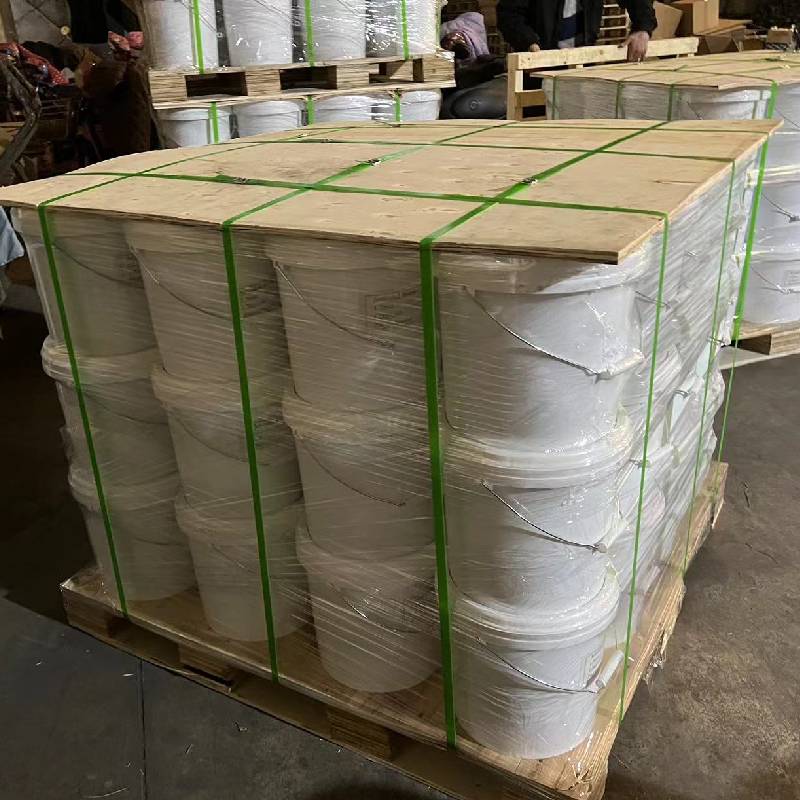
- Mobile Phone
- +8613931874955
- sales@cntcmetal.com
Optimal Spacing for Brick Wall Ties in Construction Projects
Understanding Brick Wall Ties and Their Spacing
When constructing brick walls, one of the critical elements to consider is the use of wall ties. These small but essential components help maintain the structural integrity of masonry walls, especially when they are built with a cavity to allow for drainage and insulation. In this article, we will explore the role of wall ties in brick construction, the importance of their proper spacing, and the implications of this aspect on the overall stability and performance of brick walls.
What Are Wall Ties?
Wall ties are metallic or non-metallic connectors that are used to connect the inner and outer leaves of a cavity wall. Their primary purpose is to ensure that both leaves act together as a single structure, which is essential for wind load resistance and overall stability. They also facilitate the transfer of loads and prevent the outer leaf from moving independently of the inner leaf. This is particularly important when considering factors such as thermal movement, moisture absorption, and potential structural settling.
The Importance of Proper Spacing
The spacing of wall ties is crucial for several reasons. First and foremost, it affects the strength and stability of the wall. If the ties are too far apart, the wall may not withstand lateral forces such as wind pressure, leading to structural failure. Conversely, if ties are spaced too closely together, this may lead to increased material costs and unnecessary complications in installation.
brick wall ties spacing

Building codes and engineering guidelines typically dictate the minimum and maximum spacing for wall ties. For example, a common recommendation is to place ties at intervals of no more than 600 mm horizontally and 450 mm vertically. These specifications are designed to ensure that the wall can adequately transfer loads and maintain its integrity over time. Variations in spacing may be acceptable depending on specific design requirements, brick type, and wall height, but any deviations should be carefully evaluated.
Factors Influencing Wall Tie Spacing
Several factors impact the decision regarding wall tie spacing. The type and weight of the brick used can significantly influence the necessary number of ties. Heavier bricks may require closer spacing to manage the additional load. Additionally, the height of the wall plays a vital role; taller walls may necessitate more frequent ties to handle the increased stresses.
Environmental conditions should also be considered. In areas prone to high winds or seismic activity, closer spacing might be required to ensure the wall's stability and safety. Finally, local building regulations must always be observed, as they provide guidelines that reflect the regional risks and materials commonly used.
Conclusion
In conclusion, wall ties are integral components of brick wall construction that ensure stability and structural integrity. The proper spacing of these ties is vital, as it impacts the performance of the wall under various loads and conditions. It is essential for builders and engineers to follow established guidelines and consider the unique aspects of each project to determine the optimal spacing for wall ties. By doing so, they can help create strong, durable structures capable of withstanding the tests of time and environmental factors. As construction techniques advance, the understanding and application of wall tie spacing will continue to evolve, contributing to safer and more efficient building practices.
share:
-
Wire Tension Springs for Diverse ApplicationsNewsMay.27,2025
-
Snake SpacersNewsMay.27,2025
-
Sacrificial Formwork Solutions for ConstructionNewsMay.27,2025
-
Iron Binding Wire for Your Construction NeedsNewsMay.27,2025
-
Enhance Your Construction Projects with Wire SpacerNewsMay.27,2025
-
Black Annealed Wires for Diverse ApplicationsNewsMay.27,2025
-
Strong Wall Support ChoicesNewsMay.23,2025



















